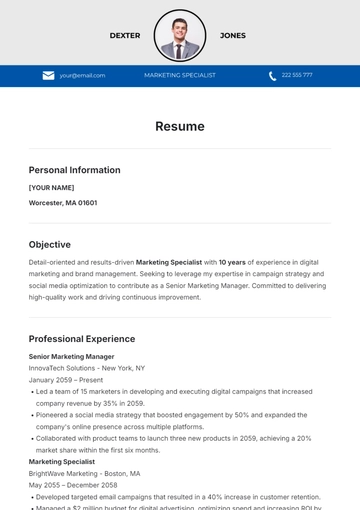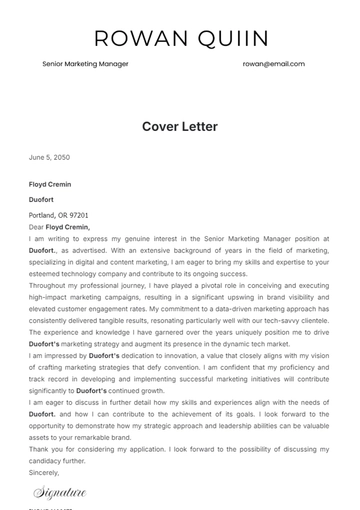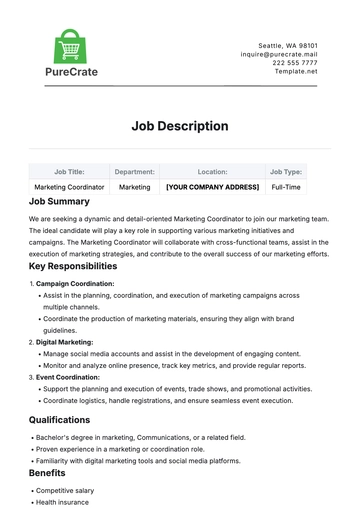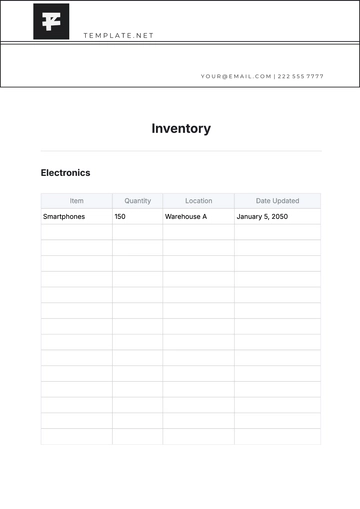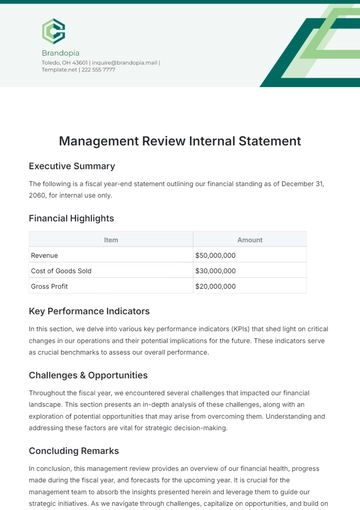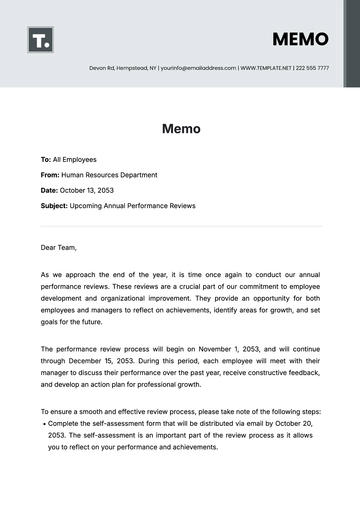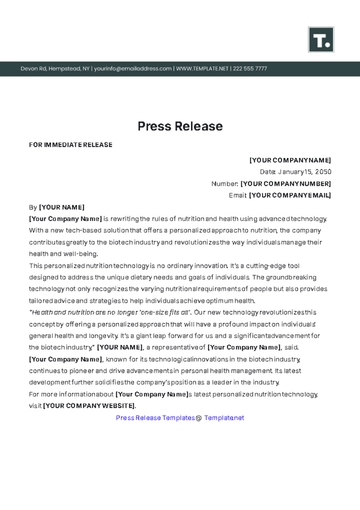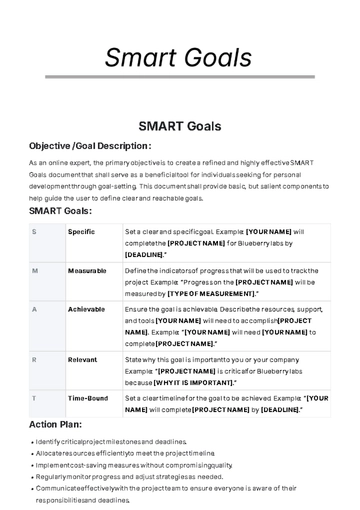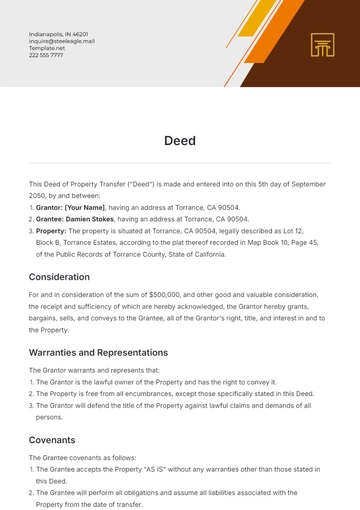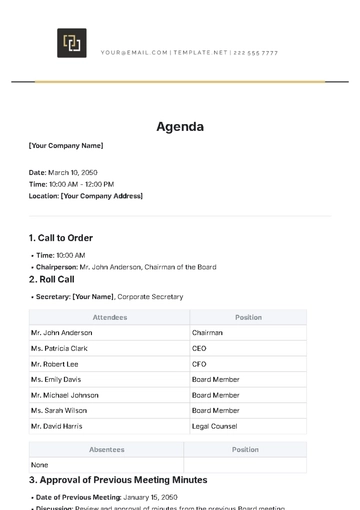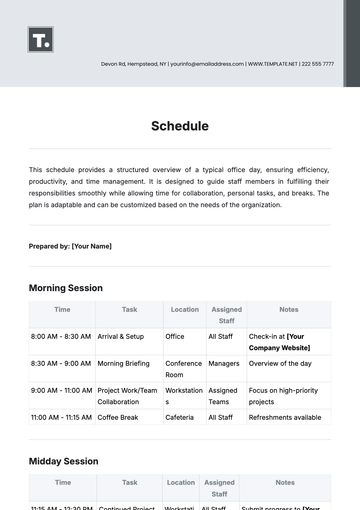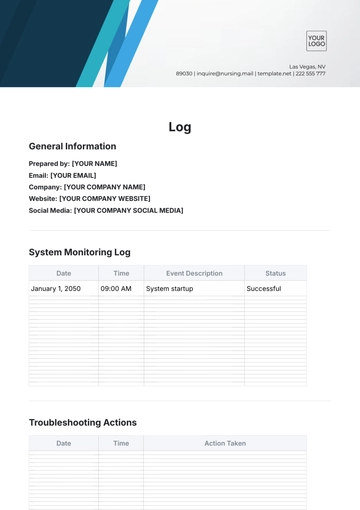Free Sales Study on Collateral Design Impact

I. Introduction
The realm of marketing has evolved tremendously with the advent of digital media, making design an integral part of a company's marketing strategy. Within this context, collateral design encompasses all the tangible and digital visual elements a company uses to communicate its brand to customers. This study is designed to fill that knowledge gap by dissecting various aspects of collateral design, identifying their impact on sales, and providing actionable insights that could influence [Your Company Name]'s marketing strategy. Through rigorous data collection and analyses that span from January 1, 2050, to June 30, 2050, this study seeks to offer a detailed evaluation of how investments in design quality can yield measurable financial gains.
II. Executive Summary
The purpose of this comprehensive sales study is to rigorously evaluate the role of collateral design in influencing the sales outcomes for [Your Company Name]. Given the increasing emphasis on visual communication in the digital age, this study provides a detailed analysis that correlates specific design elements in marketing collateral—such as brochures, business cards, and websites—with sales metrics such as average sales revenue and the number of transactions.
III. Methodology
The methodology employed in this study is designed to offer a rigorous and robust framework for evaluating the impact of collateral design on the sales performance of [Your Company Name]. Utilizing a mixed-method approach, the study incorporates both qualitative and quantitative data to provide a comprehensive view of the relationship between design quality and sales outcomes.
A. Data Collection
Sales Records: A meticulous examination was conducted of sales data, collected over a six-month period from January 1, 2050, to June 30, 2050. Metrics such as average sales revenue and the number of transactions were extracted and analyzed.
Customer Surveys: Surveys were administered to a diverse set of customers who had interacted with the company’s various types of collateral. These surveys assessed the customers' perceptions of design quality and how it influenced their purchasing decisions.
Design Metrics: Various design elements like color scheme, typography, and layout were quantified using a standardized scoring system.
B. Data Analysis
Descriptive Statistics: Basic statistics such as means, medians, and standard deviations were calculated to offer a summary view of the data. These calculations served as the cornerstone for building a summary snapshot of the dataset, allowing for a nuanced interpretation of the data's central tendencies and dispersions.
Correlation Analysis: Spearman’s and Pearson’s correlation methods were employed to assess the relationship between design quality and sales performance. These correlation analyses provided an empirical foundation for understanding how design quality metrics are interrelated with sales performance, thus aiding in the formulation of data-driven recommendations.
Regression Analysis: Multiple regression models were generated to predict sales outcomes based on different design quality variables. By interpreting the coefficients, standard errors, and confidence intervals, these regression analyses aimed to reveal not just correlation but potential causality between design quality and sales.
C. Validation Methods
Reliability Testing: This involved cross-verifying data across multiple collection channels, and applying inter-rater and intra-rater reliability tests to ensure consistent data measurement.
Statistical Significance: Statistical hypotheses were tested with calculated P-values to ascertain the statistical significance of the results. This offered an additional layer of confidence in the study’s findings and helped eliminate the likelihood of results occurring due to random chance.
Sensitivity Analysis: A range of scenarios were tested to evaluate how sensitive the results were to changes in the input variables. This process aided in identifying the stability of the results and the degree of confidence that the company can have in implementing the study's recommendations.
IV. Results
Here, we present a comprehensive evaluation of the data collected, shedding light on the critical relationship between collateral design quality and sales performance at [Your Company Name]. The analysis is bolstered by statistical measures to ensure an in-depth understanding of the trends and patterns identified.
A. Relationship between Brochure Design and Sales
The chart and table below showcases this relationship:
Brochure Design Quality | Average Sales Revenue | Change in Revenue Rate |
Low | $1,500 | - |
Medium | $3,000 | +100% |
High | $4,500 | +150% |
The data indicates a substantial rise in both average sales revenue and the number of transactions with increasing brochure design quality. A notable 150% increment in sales revenue was observed when transitioning from low to high-quality brochure design.
B. Relationship between Business Card Design and Sales
The following chart and table presents the average sales revenue in connection with Business card design quality:
Business Card Design Quality | Average Sales Revenue | Change in Revenue Rate |
Low | $1,200 | - |
Medium | $2,800 | +133% |
High | $4,200 | +250% |
A remarkable 250% increase in average sales revenue was documented when the design quality of the business cards was elevated from low to high. The number of transactions also showed a significant uptick.
C. Relationship between Website Design and Sales
Highlighted in the chart and table below are the data with regard to the average sales revenue and the quality of Website design:
Website Design Quality | Average Sales Revenue | Change in Revenue Rate |
Low | $1,000 | - |
Medium | $2,600 | +160% |
High | $4,000 | +300% |
The highest percentage change was found in website design, with a staggering 300% increase in average sales revenue when transitioning from low to high-quality design. This aligns with the broader trend of digital interfaces being a significant driver of consumer behavior.
D. Overall Insights
The data compellingly highlights that there is a direct and significant correlation between the quality of marketing collateral and sales performance metrics. Across all three categories—brochures, business cards, and websites—improvements in design quality were consistently linked with increases in both the average sales revenue and the number of transactions.
V. Discussion
Now, we will delve deeply into the intricacies of the findings, providing a thorough analysis and interpretation of the results obtained in the study. The objective is to offer nuanced insights that can guide strategic decision-making for [Your Company Name] in the realm of collateral design and its impact on sales performance.
A. Multi-Faceted Impact of Collateral Design
The results demonstrate a multi-faceted impact of collateral design quality on sales. For example, high-quality brochure designs showed a 150% increase in sales revenue compared to low-quality designs. This could be attributed to several factors: improved readability, more effective communication of product benefits, and the psychological impact of aesthetics, which collectively may lead to increased consumer trust and engagement.
B. Digital vs. Physical Collateral
Interestingly, the most significant percentage increase in sales revenue was seen in website design, highlighting the digital shift in consumer behavior. The digital interface of a website provides an interactive experience, which might explain the exceedingly high influence it has on consumer purchasing decisions. This accentuates the necessity for [Your Company Name] to focus not only on physical collateral but also to heavily invest in digital design assets.
C. Incremental Benefits of Design Improvement
The results also showcase an incremental benefit of investing in design quality. Transitioning from 'Low' to 'Medium' and then from 'Medium' to 'High' design quality consistently led to marked increases in average sales revenue and the number of transactions across all collateral types. This suggests a somewhat linear relationship between design quality and sales, arguing for a continuous improvement approach rather than one-off design enhancements.
D. Importance of Data-Driven Decisions
The rigor of the methodology and the statistical significance of the findings give credence to the data-driven insights presented in this study. It emphasizes the need for making data-driven decisions in the domain of collateral design. Future efforts can also incorporate machine learning algorithms to predict sales outcomes based on evolving design trends, providing [Your Company Name] with a dynamic tool for marketing strategy optimization.
E. Implications for Marketing Strategy
Given the strong correlation between design quality and sales metrics, [Your Company Name] could benefit from a more structured and strategic approach to its design initiatives. This could involve periodic design audits, competency-building programs for the design team, and tighter integration of design thinking into marketing strategy formulation.
VI. Recommendations
Based on the analysis and the nuanced discussion of the study's findings, the following recommendations are put forth to guide [Your Company Name]'s future strategies in collateral design and its role in sales performance.
A. Invest in High-Quality Design
Given the compelling evidence of the impact of design quality on sales metrics, it is recommended that [Your Company Name] should allocate sufficient resources to invest in high-quality collateral, both digital and physical.
B. Prioritize Digital Platforms
The study reveals that the highest percentage change in sales revenue was in website design, marking the influence of digital platforms. As a result, it is advised that the company places substantial emphasis on enhancing the design quality of digital assets, particularly the website and mobile applications.
C. Continuous Design Evaluation
The findings advocate for a somewhat linear relationship between the design quality and sales performance, emphasizing the need for continuous design evaluation. It is recommended to establish a routine design auditing system, perhaps on a semi-annual or annual basis, to assess and update design elements in line with current trends and customer preferences.
D. Data-Driven Design Strategies
Utilizing data analytics tools and machine learning algorithms can provide valuable insights into customer behavior and preferences related to design. [Your Company Name] should consider implementing a data-driven approach to design, which can be continually refined based on actual sales performance data and consumer feedback.
E. Training and Development
Given the intricate relationship between design and sales, it is suggested to invest in training programs for the design team to keep them abreast of the latest design trends and technologies. This would help in developing and maintaining a high level of design competence within the organization.
F. Integration into Marketing Strategy
Design should not be considered in isolation but should be tightly integrated into the overall marketing strategy. The marketing team and the design team should collaborate closely to ensure that the design elements resonate well with the larger brand message and marketing objectives.
VII. Conclusion
The study strongly suggests that [Your Company Name] would benefit from investing in high-quality collateral design. With a direct correlation established between design quality and sales performance, focusing on this aspect could serve as a lucrative strategy for business growth.
- 100% Customizable, free editor
- Access 1 Million+ Templates, photo’s & graphics
- Download or share as a template
- Click and replace photos, graphics, text, backgrounds
- Resize, crop, AI write & more
- Access advanced editor
Understand the impact of your collateral design with the Sales Study on Collateral Design Impact Template only on Template.net! This editable and customizable tool, which can be easily tailored using our AI Editor Tool, provides a comprehensive solution on the impact of collateral design on sales, ensuring effective sales practices!
You may also like
Free
Free CV Template

- Resume
- Cover Letter
- Report
- Budget
- Lesson Plan
- Itinerary
- Resignation Letter
- Letter
- Job Description
- To Do List
- CV
- Proposal
- Business Plan
- Checklist
- List
- Smart Goal
- Executive Summary
- Agenda
- Analysis
- Press Release
- Memo
- Note
- Action Plans
- Script
- Essay
- Brief
- Syllabus
- Tracker
- Contract
- Agreement
- Bill of Sale
- Case Study
- White Paper
- Statement
- Will
- Deed
- Notice
- Scope of Work
